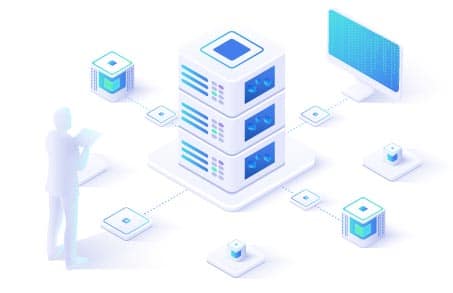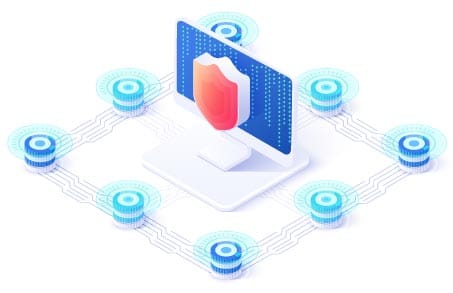Infrastructure, in the context of IT servers, is simply organized server support. It refers to how the servers are physically, logically, and/or functionally grouped together and includes the tools (mostly provided by vendors and occasionally custom-made by the system administrator) for supporting them. The infrastructure only works if the component servers are correctly set up, its services are properly managed, and its operations are diligently monitored. In the IT world, an infrastructure necessarily involves many servers, and for this reason there must be tools to keep the servers running.
Because various types of servers and thousands of vendors providing them exist, there is consequently a great variety of tools available. The categories of tools include: application deployment and management, configuration and change management, cluster management, network administration, web systems management, system performance testing, user management, security control, patch and update management, storage management, backup/restore and archiving, disaster recovery, IT asset and inventory management, license management. The list, although lengthy, is only a tiny fraction of product category offerings that vendors have placed in the market, but it illustrates the idea of how much is required to run a server infrastructure.
Knowing what tools are available is not enough. To be able to choose the appropriate tools and use them effectively, the IT professional in charge of running the servers must be thoroughly knowledgeable of: what the infrastructure elements are generally used for; the hardware and software within the infrastructure, and how they are configured; the location of the infrastructure components. Despite this knowledge, however, the choice of tools may be affected by such constraints as difficulty in comparing products, justifying ROI, and budget.
The task of running servers — particularly numerous servers — is never easy, and to go around any constraint to acquire the needed tools is something an administrator absolutely needs to do.
m.tiggelaar
– Founder of Key4ce & FuseCP.
– More then 13 years of experience with Windows high availability and Microsoft Exchange.
– More then 13 years of experience with Linux and Unix.
– Open source enthusiast and a large contributor for multiple large Open Source projects.
My current main focus of attention is Geo-Clustering.

 Server deployment
Server deployment Server support
Server support Extended server support
Extended server support Managed servers
Managed servers